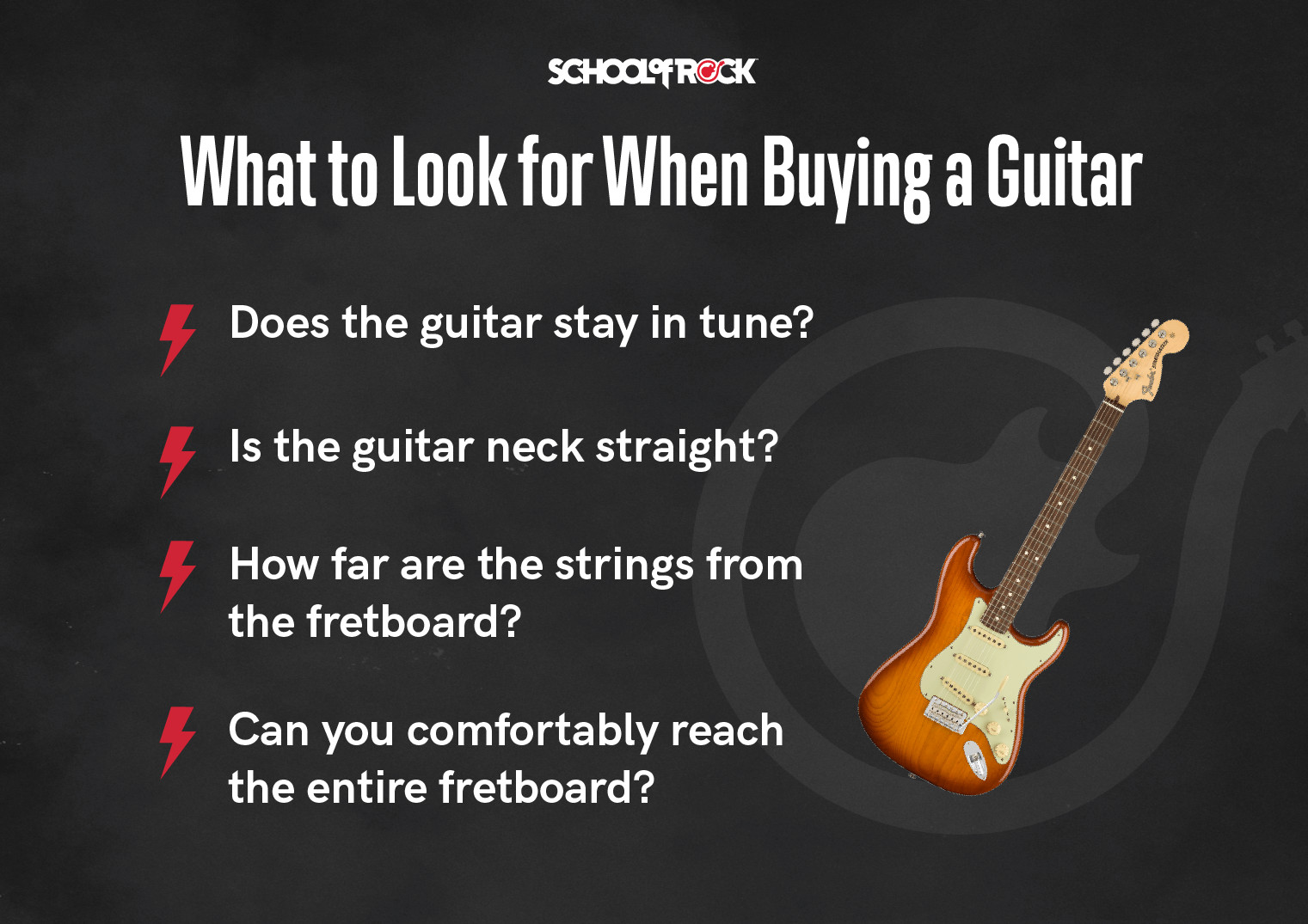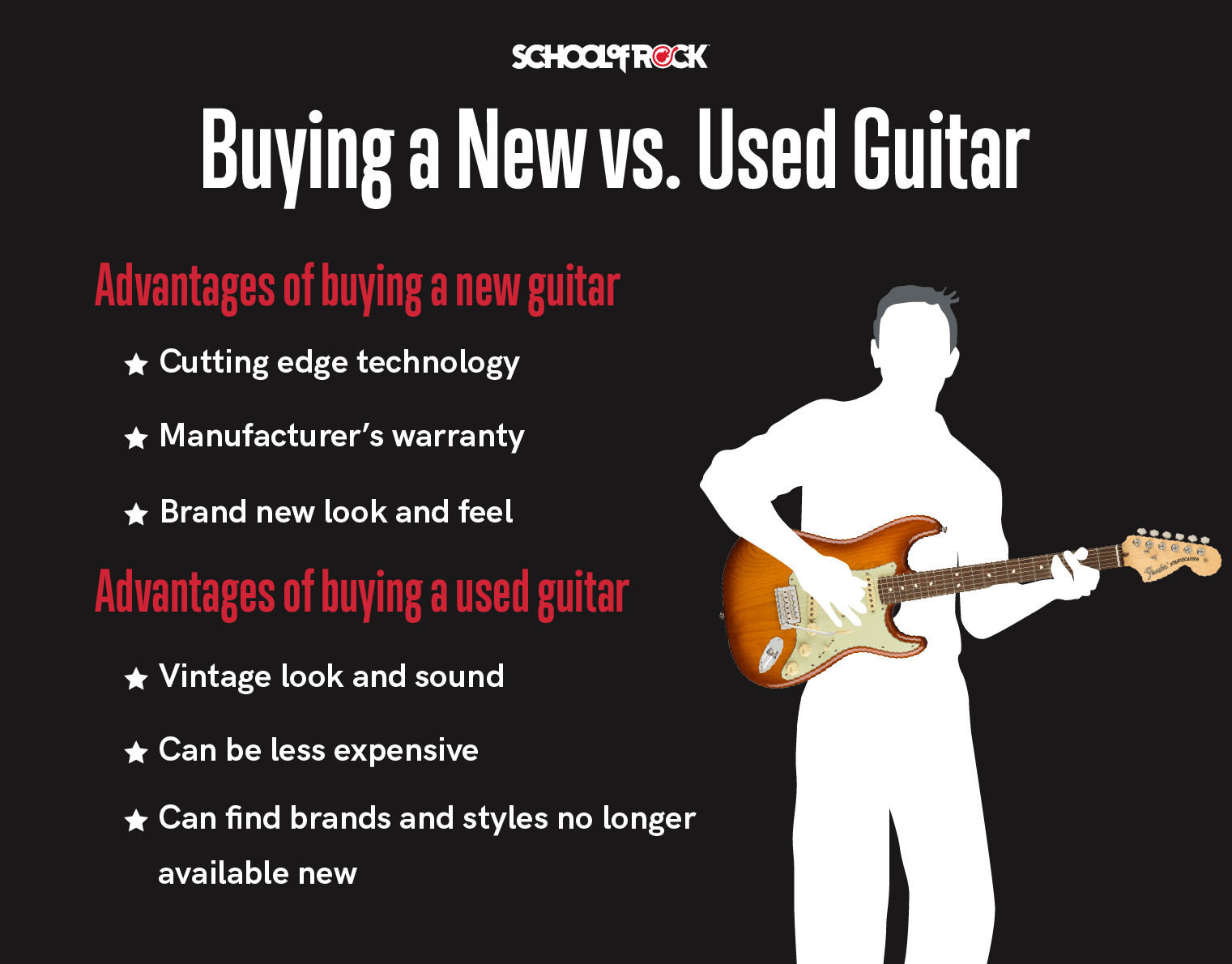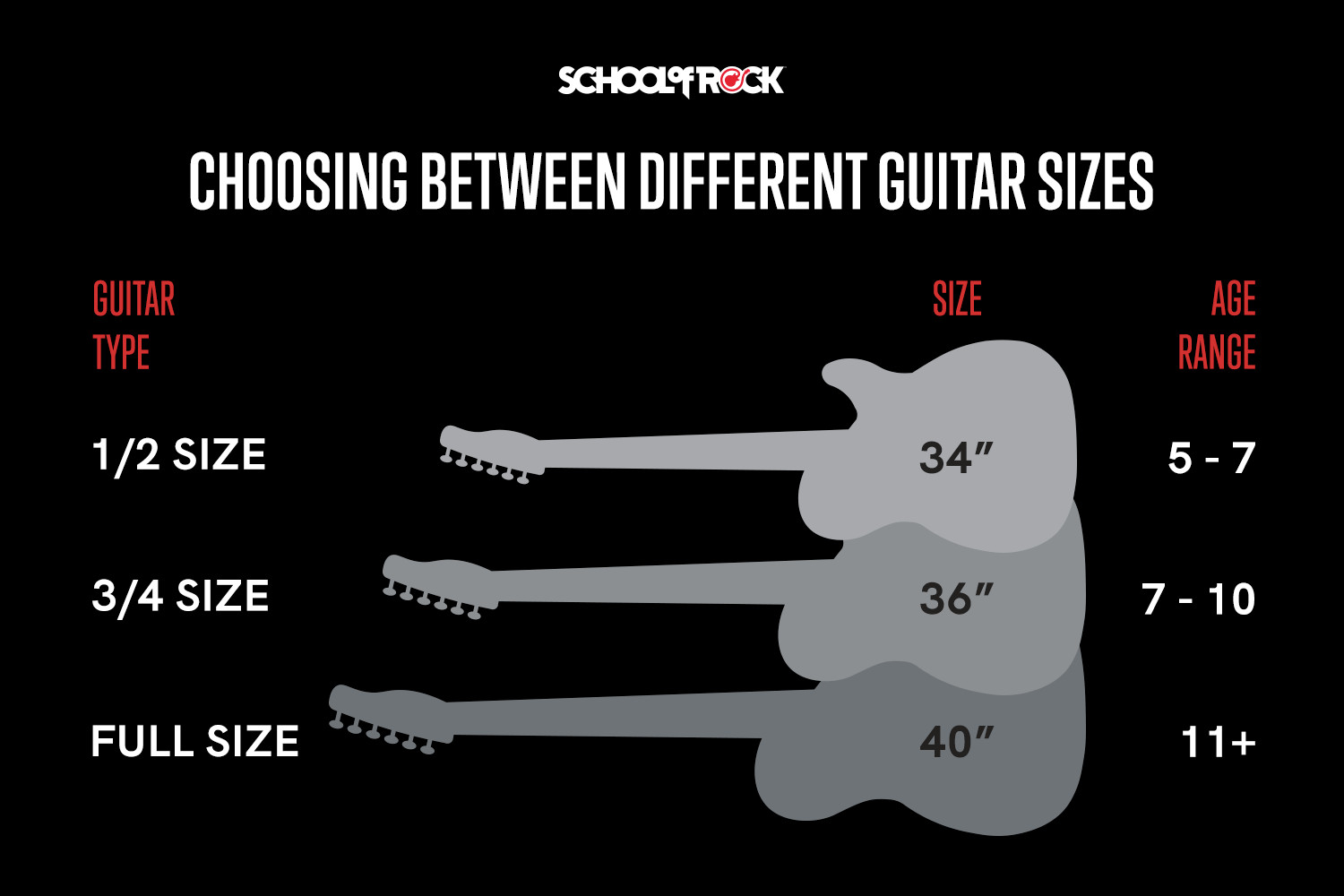Shopping for your first guitar marks the exciting beginning of a musical journey. However, with so many options available, from different guitar types and brands to deciding where to make your purchase, the process can feel overwhelming. If you’re asking yourself, “Where Can I Buy A Guitar?”, you’re in the right place. This guide will simplify everything, helping you find an instrument that not only sounds and looks great but also inspires you to play.
Choosing the right guitar is about more than just aesthetics; it’s about finding a tool that resonates with you and fuels your passion for music. Whether you’re drawn to the soulful sounds of an acoustic or the powerful riffs of an electric guitar, understanding your options is the first step. Let’s dive into the world of guitars and explore where you can find the perfect one to start your musical adventure.
Choosing the Right Guitar Style for Beginners
A common question from aspiring musicians and parents alike is, “What kind of guitar should a beginner buy?”. The answer largely depends on personal preference and the type of music you’re interested in playing. Different guitar styles offer unique sonic qualities and playability, making some more suitable for beginners than others. Your musical taste can be a great compass in guiding your choice.
The most popular guitar categories include electric, acoustic, and classical guitars. Each has distinct characteristics that cater to different musical genres and playing styles. Understanding these differences is key to making an informed decision. Ultimately, the best beginner guitar is one that excites you and encourages you to pick it up and play regularly.
Electric Guitars: A Beginner-Friendly Choice for Modern Music
Electric guitars are incredibly popular in contemporary music, dominating genres like rock, pop, blues, jazz, metal, country, and R&B. Unlike acoustic guitars, electric guitars produce a very quiet sound on their own. Their true voice emerges when connected to an amplifier, unlocking a vast spectrum of tones and sonic possibilities.
Advantages of Electric Guitars for Beginners
- Easier Playability: Electric guitars generally have thinner necks and lighter gauge strings, making them easier on the fingers, especially for beginners developing calluses.
- Versatile Sound: When paired with an amplifier, electric guitars can produce a wide array of tones, from clean and mellow to distorted and powerful, suitable for various musical styles.
- Size Options: Electric guitars come in various sizes, including smaller scale models perfect for younger players or those with smaller hands.
- Volume Control: With an amplifier, you can control the volume, making practice sessions quieter and more considerate of your surroundings – or crank it up when you’re ready to rock!
- Popular in Modern Music: If you’re drawn to popular music genres, an electric guitar is often the instrument of choice, aligning with the sounds you likely admire.
Disadvantages of Electric Guitars
- Additional Equipment: To fully utilize an electric guitar, you’ll need to purchase an amplifier and a cable, adding to the initial cost.
- Less Portable Without Amp: While you can practice unplugged, the sound is very faint, and carrying an amp can reduce portability compared to an acoustic guitar.
 How to buy a guitar
How to buy a guitar
Acoustic Guitars: The Classic Choice for Singer-Songwriters and More
Acoustic guitars are designed to produce a rich and resonant sound without electronic amplification. They are staples in genres like folk, country, bluegrass, and singer-songwriter music. While less common in genres like rock and metal compared to electric guitars, they still find their place in various musical landscapes, including blues and R&B.
Many beginners and parents ponder whether to start with an acoustic or electric guitar. Fundamentally, both are guitars, and skills learned on one are transferable to the other. However, for absolute beginners, an electric guitar might offer a slightly easier learning curve due to its typically narrower neck and strings that are easier to press down.
Advantages of Acoustic Guitars for Beginners
- No Amplifier Needed: Acoustic guitars are self-contained sound sources, eliminating the need for additional equipment like amplifiers, making them cost-effective and portable.
- Naturally Loud: They produce a good volume level without amplification, suitable for practice and intimate performances.
- Bright and Chord-Friendly Sound: Acoustic guitars excel at producing bright tones ideal for strumming chords and vocal accompaniment.
- Potentially Higher Quality First Instrument: The money saved on an amplifier can be invested in a higher-quality acoustic guitar itself.
Disadvantages of Acoustic Guitars
- Can Be Harder on Fingers Initially: Acoustic guitars typically use thicker strings at higher tension, which can be tougher on beginner fingers until calluses develop.
- Limited Tonal Range: Acoustic guitars offer a more limited range of tones compared to the vast sonic palette of electric guitars.
- Amplification Challenges: To amplify an acoustic guitar for band settings or larger venues, you usually need to install a pickup system, which can be an added expense and complexity.
- Quality Variation in Beginner Models: Some entry-level acoustic guitars can suffer from poor construction, impacting playability and sound quality.
Acoustic-Electric Guitars: Bridging the Gap
For those seeking versatility, acoustic-electric guitars offer a hybrid solution. These guitars function primarily as acoustic instruments, producing natural acoustic tones. However, they also come equipped with built-in pickups or microphones, allowing them to be plugged into amplifiers or sound systems when needed.
Acoustic-electric guitars are perfect for performers who need the natural sound of an acoustic guitar but also require amplification for larger venues. Most models include onboard equalizers for tone control. While they are generally more expensive than purely acoustic guitars due to the added electronics, the cost can be comparable to an electric guitar setup. If you envision playing a variety of music styles and performing in different settings, an acoustic-electric guitar might be a great option.
Key Things to Check When Buying a Guitar, In-Person or Online
Whether you’re buying a guitar online or in a physical store, knowing what to look for ensures you get an instrument that plays well. While online shopping offers convenience, there’s no substitute for hands-on inspection, especially for beginners. If possible, visiting a guitar shop is highly recommended.
It’s important to note that even with new guitars, manufacturers often minimize the final setup to reduce costs. While the components and assembly may be sound, the fine-tuning that optimizes playability and sound is often left to the buyer.
1. Tuning Stability
Have a salesperson or experienced player tune the guitar to standard tuning. Play a few chords and listen carefully. This serves two purposes:
- Playability Check: If the guitar sounds off or is difficult to play even for an experienced player, it might indicate inherent issues with the instrument.
- Action Assessment: Tuning up allows you to assess the guitar’s action (string height), which is crucial for comfortable playing.
2. Neck Straightness
Inspect the guitar neck for straightness. Ideally, the neck should be straight with a slight relief (very slight curve), preventing string buzz and ensuring comfortable playability. Look along the neck from the headstock towards the body. Check for any visible bows or bends. A warped neck can make playing significantly harder, especially for beginners. If unsure, ask a professional to assess the neck relief.
3. String Action (Height)
The action refers to the height of the strings above the fretboard. While action can be adjusted, excessively high action right from the start, particularly at the point where the neck meets the body, or a visibly curved neck, might indicate a less-than-ideal instrument. Reasonable action makes playing easier and more enjoyable.
4. Fretboard Comfort and Fret Condition
Check if you can comfortably reach and play across the entire fretboard. Run your hand along both edges of the neck to feel for fret sprout – the ends of the metal frets sticking out beyond the wood. While fret sprout can be fixed, it’s an unnecessary issue in a new instrument. Level frets are essential for comfortable playing and preventing buzzing.
5. Electronics (for Electric Guitars)
If buying an electric guitar, plug it into an amplifier in the store. Test all switches and knobs multiple times. Listen for any crackling or scratchy noises when adjusting controls. These noises can indicate dirty or faulty electronics. While fixable, it’s preferable to start with a guitar with clean, functioning electronics.
 Buying a new vs. a used guitar
Buying a new vs. a used guitar
New vs. Used Guitars: Weighing Your Options
The question of whether to buy a new or used guitar is common, especially for beginners. Buying a used guitar can be a smart way to access higher-quality instruments at a lower price point. High-end guitars often age beautifully if well-maintained, and many professional musicians cherish vintage instruments.
However, entry-level guitars are often built with less durable materials. Metals might be thinner and woods softer, which might not age as gracefully. For a first guitar, especially for a beginner, buying new often offers a safer bet. If considering used, scrutinize all the points mentioned earlier with even greater care.
Advantages of Buying a New Guitar
- Latest Technology and Features: New guitars incorporate the most recent advancements in guitar manufacturing.
- Manufacturer’s Warranty: New instruments usually come with a warranty, offering protection against manufacturing defects.
- Pristine Condition: A new guitar is untouched, with a brand-new look and feel, which can be appealing to many buyers.
Advantages of Buying a Used Guitar
- Cost Savings: Used guitars are typically less expensive than new ones, allowing you to get more value for your budget.
- Vintage Appeal and Tone: Older guitars, especially vintage models, can have a unique character, tone, and aesthetic appeal that many players seek.
- Access to Discontinued Models: The used market can offer access to brands and models no longer available as new instruments.
- Depreciation Advantage: New instruments depreciate in value once purchased, while used instruments have already undergone this depreciation, potentially holding their value better.
Selecting the Right Guitar Size for Comfort and Playability
Guitar size is a crucial factor, especially for younger or smaller players. An ill-fitting guitar can hinder progress and lead to frustration. Choosing the right size ensures comfort and proper playing posture. Incorrect guitar sizes can make it difficult to reach notes, manage the neck width, and handle the weight, especially for children.
While the idea of buying a full-size guitar for a child to “grow into” is tempting, it’s often counterproductive. A student struggling with an oversized instrument is more likely to become discouraged. Many manufacturers offer smaller scale guitars specifically designed for younger learners.
Guitar Size Chart Recommendations
General guidelines based on age can help determine the appropriate guitar size:
- 1/2 Size Guitar: Typically recommended for ages 5-7.
- 3/4 Size Guitar: Generally suitable for ages 7-10.
- Full Size Guitar: Usually appropriate for ages 11 and up.
These are general recommendations based on average heights for these age groups. Individual height and arm length should also be considered.
 Guitar size guide chart
Guitar size guide chart
Total Length vs. Scale Length
When comparing guitar sizes, understand the difference between total length and scale length. Scale length is the vibrating string length between the nut and the bridge saddle. Shorter scale guitars, like 3/4 and 1/2 size models, are easier for young players because the shorter neck reduces reach and string tension.
A standard full-size guitar typically has a scale length of 25 to 25.5 inches (long scale). Short scale guitars usually range from 21 to 24.5 inches. Shorter scale lengths result in less string tension at standard tuning, making the strings easier to fret, which is beneficial for beginners. Always have the player physically hold the guitar to ensure comfortable reach across the neck, regardless of size designation.
Top Guitar Brands for Beginners
Numerous brands offer excellent guitars for beginners, combining quality and affordability. If budget is a primary concern, rest assured that you can find good starter guitars that will inspire a budding musician. For those ready to invest a bit more, a wider range of options becomes available.
Fender Squier and Gibson Epiphone: Reliable Starter Brands
For beginner guitars, Fender Squier and Gibson Epiphone are often recommended. These are sub-brands of the iconic Fender and Gibson, offering more affordable versions of classic designs.
Are Squier and Epiphone Good for Beginners?
Both Squier and Epiphone offer a variety of beginner-friendly options, including starter packs that bundle a guitar, amplifier (for electric models), cable, and accessories – providing everything needed to start playing. They also offer smaller scale models like Fender Squier Mini and Epiphone Junior for younger students.
While Squier and Epiphone are popular choices, other brands compete in the same price range, offering comparable quality. Reading online reviews and seeking advice from experienced players or music store staff can further inform your decision.
Exploring Other Beginner-Friendly Guitar Brands
Stepping slightly up in price opens up a vast selection of brands and models. Beyond Squier and Epiphone, consider entry-level models from Fender and Gibson themselves, as well as brands like PRS (Paul Reed Smith), Gretsch, and Schecter. These brands are known for producing quality instruments across different price points. Ultimately, the best brand is the one that produces a guitar that inspires the student and makes them excited to play.
Where to Buy a Guitar: Online vs. Local Guitar Shops
When considering “where can I buy a guitar?”, you essentially have two primary options: online retailers and local music stores or guitar shops. Each offers distinct advantages and disadvantages.
While online guitar shopping might seem convenient and potentially cheaper, especially with numerous online retailers, it’s strongly recommended, particularly for first-time buyers, to purchase from a physical guitar shop.
Local Guitar Shops: The Best Place to Buy Your First Guitar
Visiting a local guitar shop offers invaluable benefits, especially for beginners:
- Hands-On Experience: You can physically see, hold, feel, and most importantly, hear the guitar before buying. This tactile experience is crucial in finding an instrument that resonates with you.
- Expert Advice: Sales staff in guitar shops are usually knowledgeable players themselves. They can offer personalized advice, understand your musical interests, and guide you towards suitable instruments.
- Demonstration and Sound Comparison: Salespeople can demonstrate different guitars, showcasing their tonal qualities and helping you discern the nuances between models.
- Setup and Adjustment: Many guitar shops offer setup services, ensuring your new guitar is properly adjusted for optimal playability right from the start.
- Support and Relationship Building: Buying from a local shop fosters a relationship with a music community resource. They can provide ongoing support, repairs, lessons referrals, and become a valuable part of your musical journey.
Online Guitar Retailers: Convenience with Caveats
Online retailers offer convenience and often competitive pricing. However, for beginners, the drawbacks can outweigh the benefits:
- No Physical Inspection: You cannot physically inspect the guitar before purchase, making it difficult to assess playability, sound, and potential flaws.
- Generic Advice: Online advice is generally less personalized than in-store guidance.
- Return Hassles: While returns are usually possible, they can be inconvenient and involve shipping costs and time.
- Setup Not Included: Online purchases rarely include setup, meaning you might need to pay extra to get your guitar professionally set up after receiving it.
Recommendation: For your first guitar, prioritize visiting a local guitar shop. The hands-on experience and expert guidance are invaluable in making the right choice and starting your musical journey on the right foot. If you have some experience and know exactly what you want, and are comfortable with potential adjustments, online retailers can be considered for specific models or deals.
To make the most of your guitar shop visit, prepare a small list of guitarists or songs you admire. Even without musical experience, this helps the salesperson understand your sonic preferences and guide you towards guitars that align with your musical taste.
Essential Guitar Accessories for Beginners
Purchasing a guitar is just the first step. To start playing and practicing effectively, you’ll need some essential accessories.
Basic guitar accessories include:
- Guitar Amplifier (for Electric Guitars): An amplifier is essential for electric guitars. A small “practice amp” is usually sufficient for beginners. For those interested in rock, blues, or pop, consider a “two-channel” amp with both clean and distorted tones.
- Instrument Cable: Connects the electric guitar to the amplifier. A 10-foot cable or longer is recommended for comfortable movement.
- Headphones: Useful for quiet practice, especially with amps that have headphone jacks.
- Guitar Tuner: Essential for keeping your guitar in tune. Options include clip-on headstock tuners (vibration-based, work for all guitars), pedal tuners (for electric guitars), and smartphone tuner apps.
- Guitar Picks: Plastic picks used to strum or pick strings. Medium thickness picks are a good starting point.
- Guitar Strap: Necessary for playing electric guitars and many acoustic guitars while standing. Adjustable straps are recommended.
- Extra Guitar Strings: Strings break occasionally, so having an extra set is wise. Buy strings appropriate for your guitar type (electric or acoustic).
- Guitar Case or Gig Bag: Protects your guitar during transport and storage. Soft gig bags are lighter and suitable for general use. Hard cases offer more robust protection, especially for travel or more valuable instruments.
 How to Have the Stage Presence of a Guitarist hero image
How to Have the Stage Presence of a Guitarist hero image
 The 8 Best Alternate Guitar Tunings hero image
The 8 Best Alternate Guitar Tunings hero image
 Closeup of a School of Rock student guitarist
Closeup of a School of Rock student guitarist
Ready to Play Your New Guitar?
Finding the right guitar is a significant step towards musical fulfillment. To truly embark on your guitar journey, consider supplementing your new instrument with lessons and structured learning. Music schools and qualified instructors can provide guidance, accelerate your progress, and make the learning process enjoyable.
Starting with the right instrument and proper instruction sets the stage for a rewarding musical experience. So, take the plunge, explore your options, find your perfect guitar, and begin your exciting journey into the world of music!


